Rebetiko was not just the musical and poetic expression of the Greek urban underclasses: It was also a popular music genre and a way for composers and musicians to make money. For instance, any number of the recorded hashish songs where written by non-users because the songs were popular and there was a demand for them.
And there were recordings that show up in the rebetiko discography, often included on compilations and anthologies, that are the works of singers who made their name outside of the field. Kakia Mendri’s recording of Marianthaki is one of those. (Marianthaki is apparently a diminunitive of the name Marian.) We shouldn’t be surprised: genre-crossing is a well-established reality in music of all kinds.
Mendri, born in Odessa in the Black Sea region, was one of the leading recording artists of the pre-WWII era in Athens. Her clean soprano was heard on what’s been classified as light, romantic music – tangos, foxtrots, waltzes, ballads, movie music, and other widely popular songs. She emerged in the 1930s and performed in Greece and abroad until her retirement in the 1950s.
She recorded Marianthaki, written by Panagiotis Tountas, in 1934, the same year it was recorded by rebetiko star Rita Abatzi. I suspect her recording came about either because Tountas wanted to use Mendri’s popularity outside of rebetiko to spread his song to new audiences, or Mendri wanted to record a song that would spread her popularity to rebetiko listeners.
Marianthaki is a straight-up girls-just-wanna-have fun song:
That’s how pretty girls party
And I don’t care what people say
I’m dying for a party, for a whim
And I’ll die in the fashionable life
There are plenty of songs by Mendri on YouTube, but this is the only one that sounds anything like rebetiko, so, the experiment seems short-lived. Despite that, Kakia Mendri’s version of the song is still included in many rebetiko anthologies.
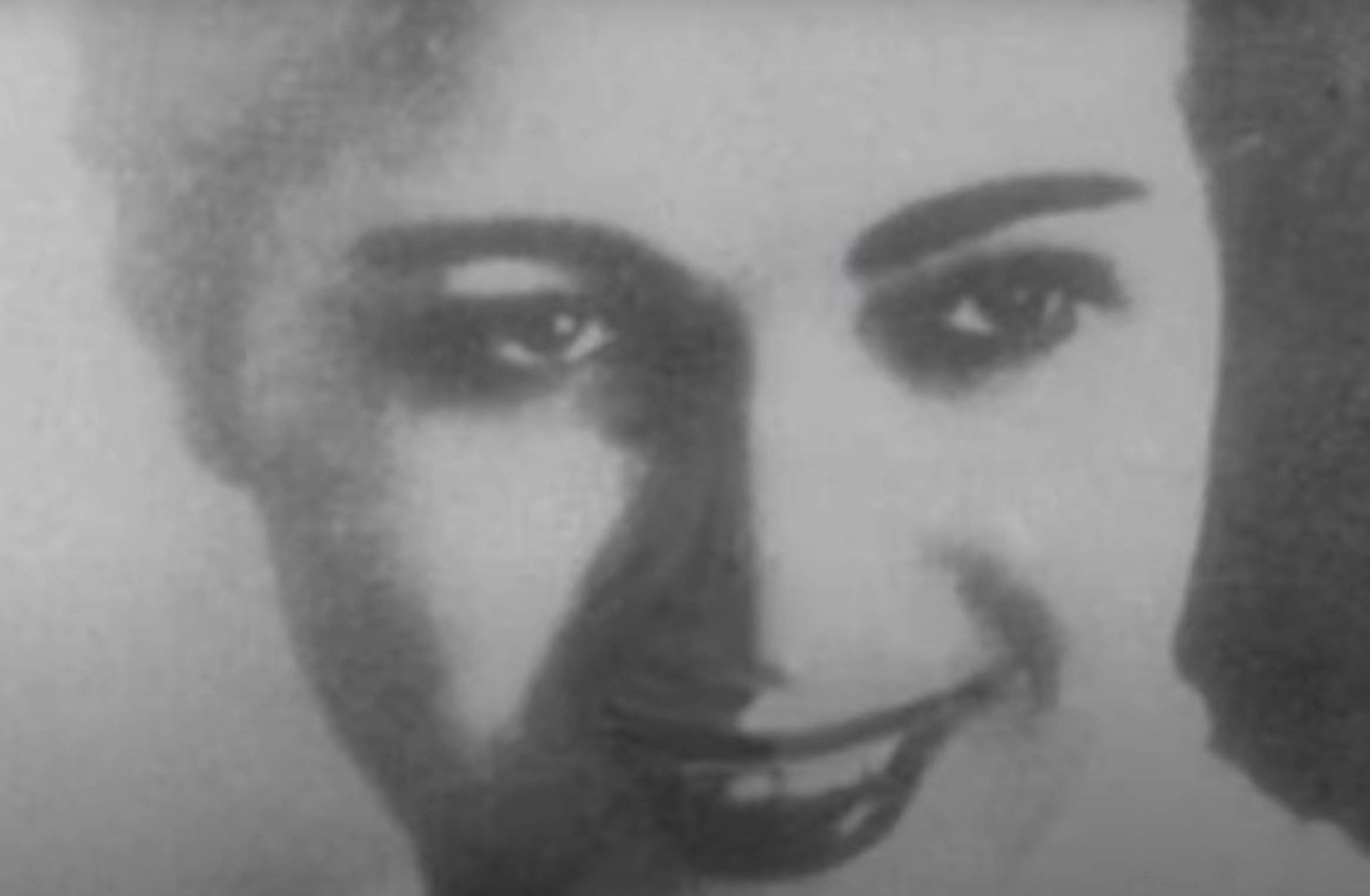
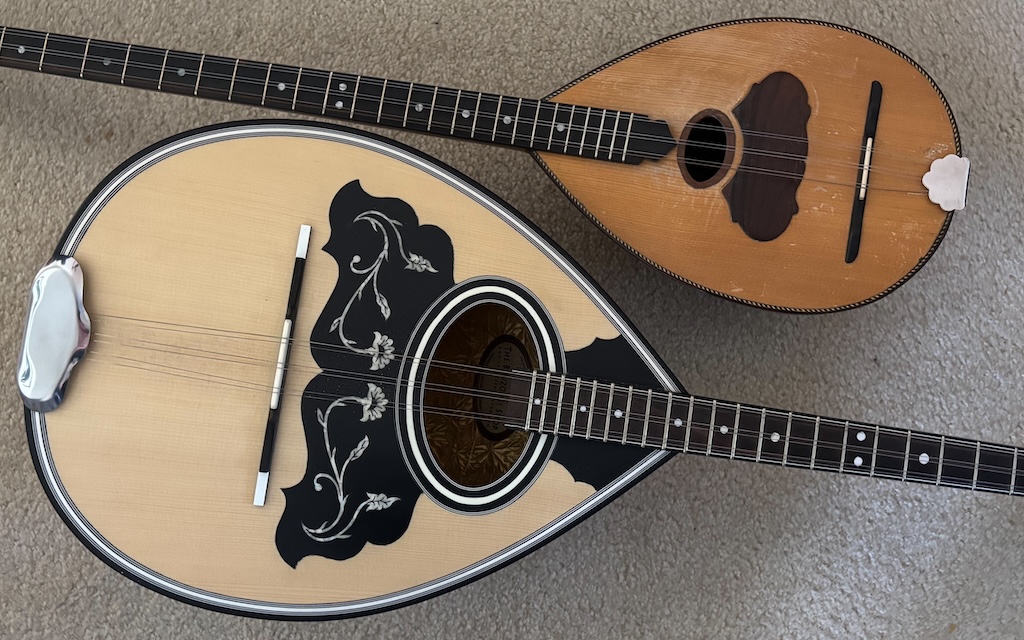

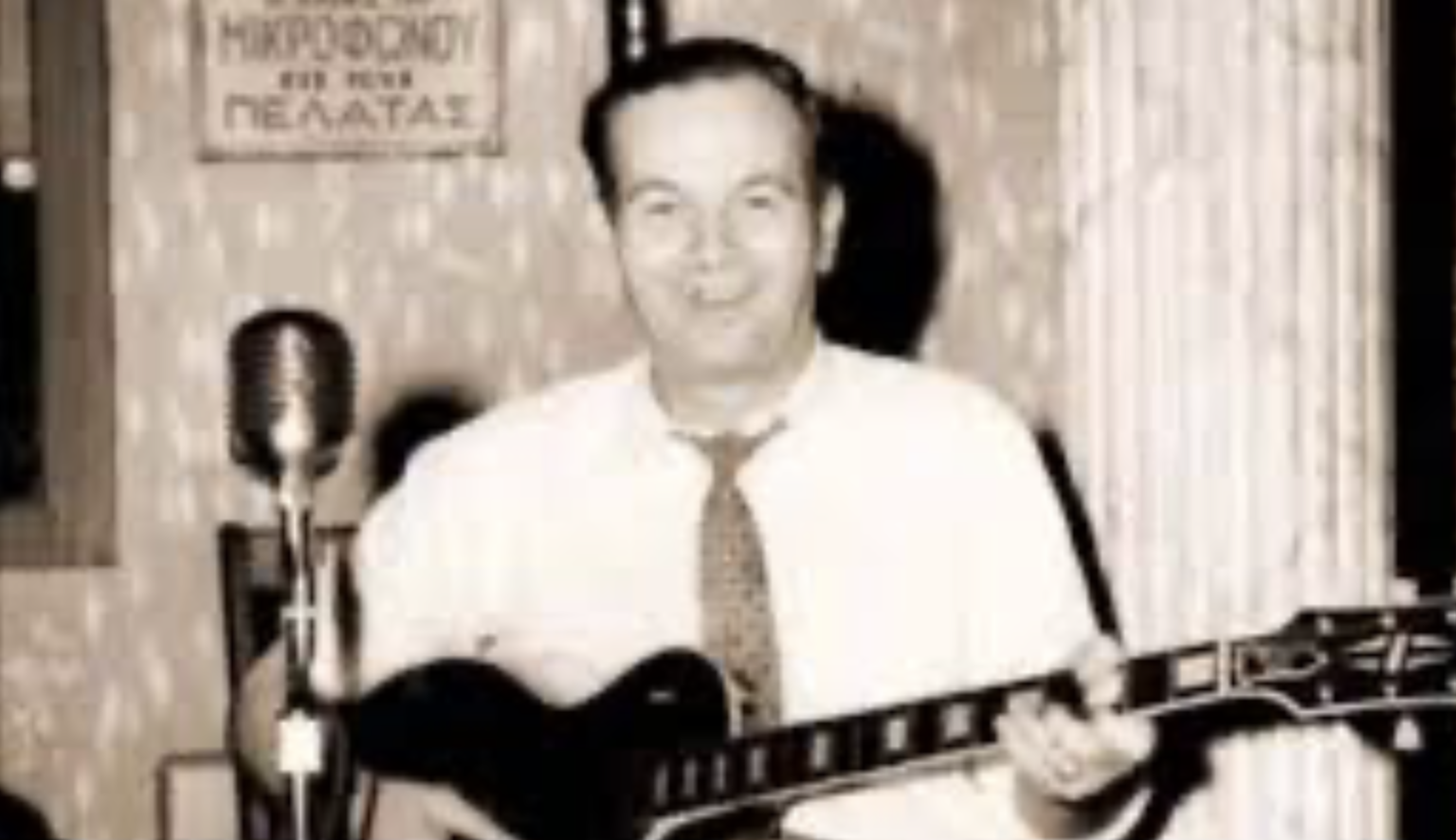
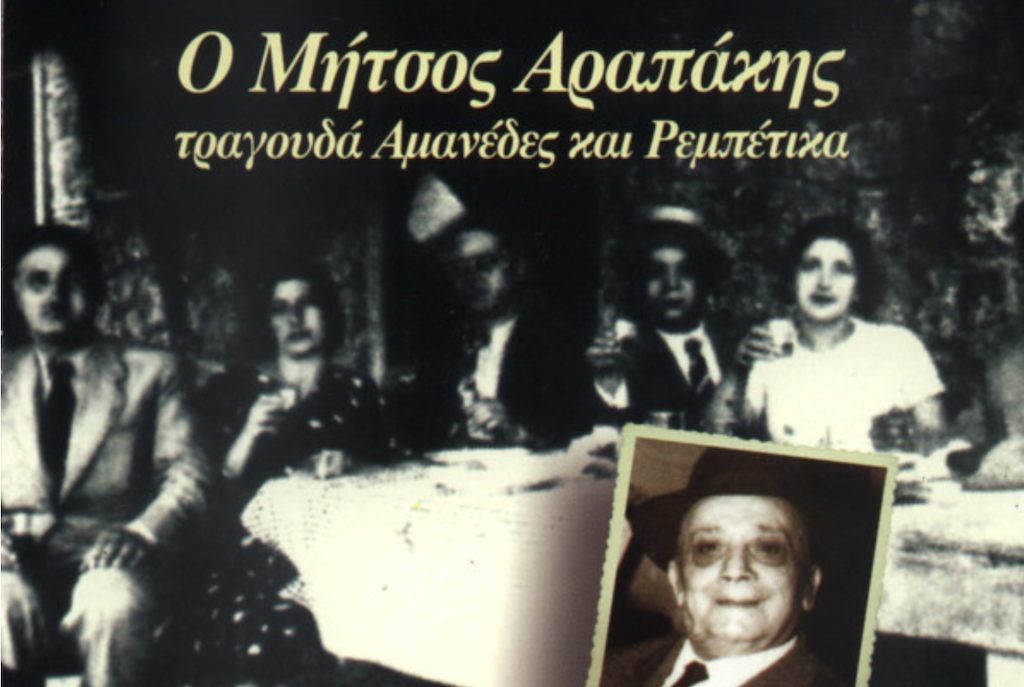
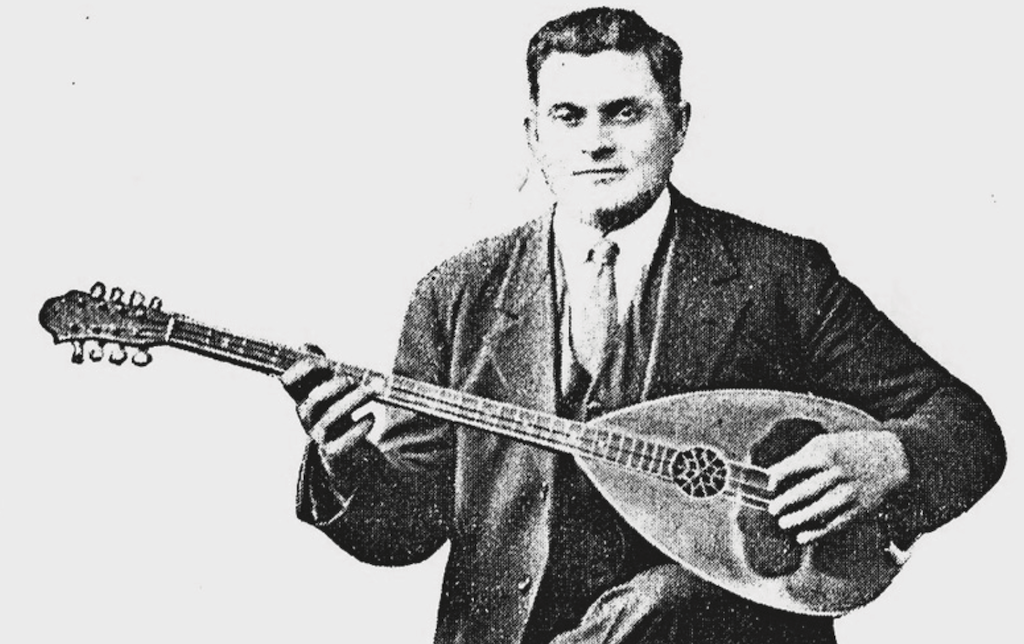
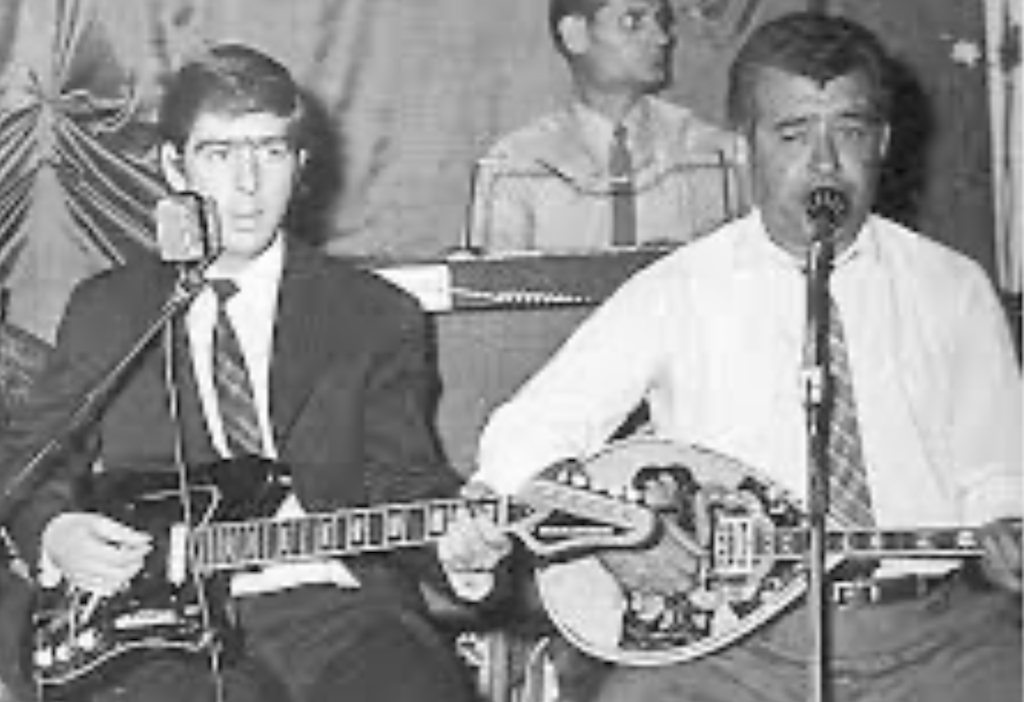
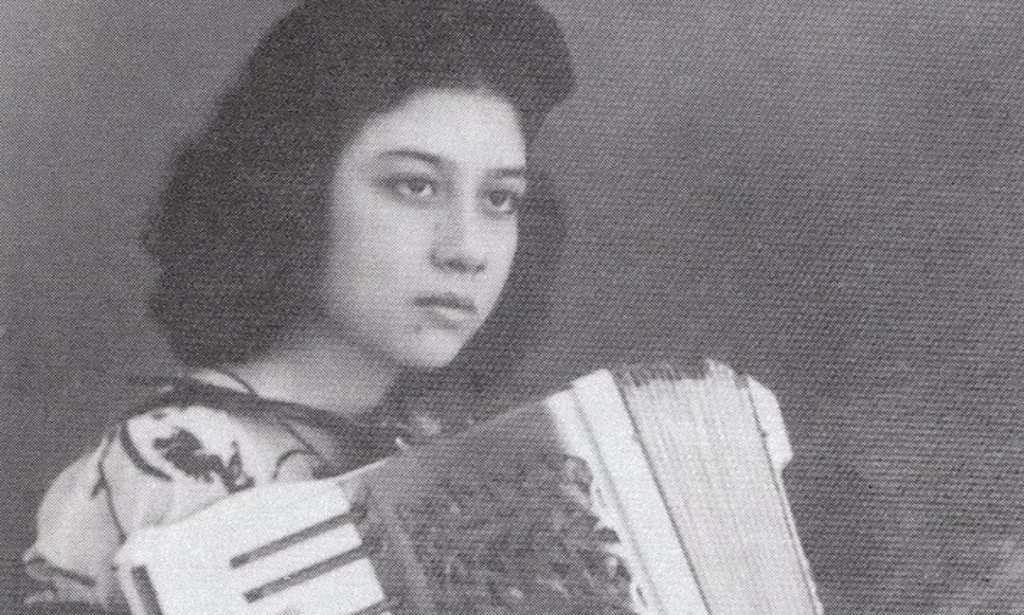
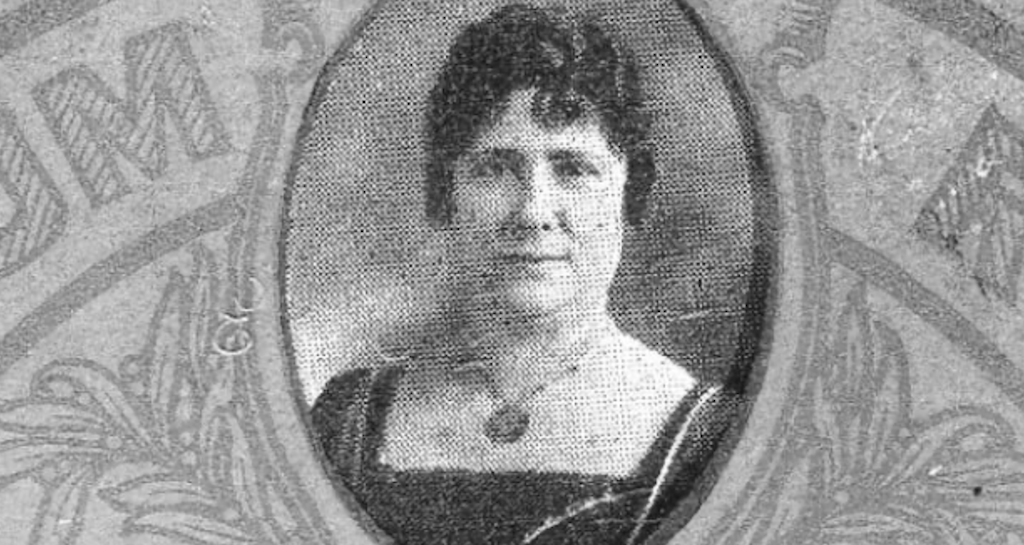
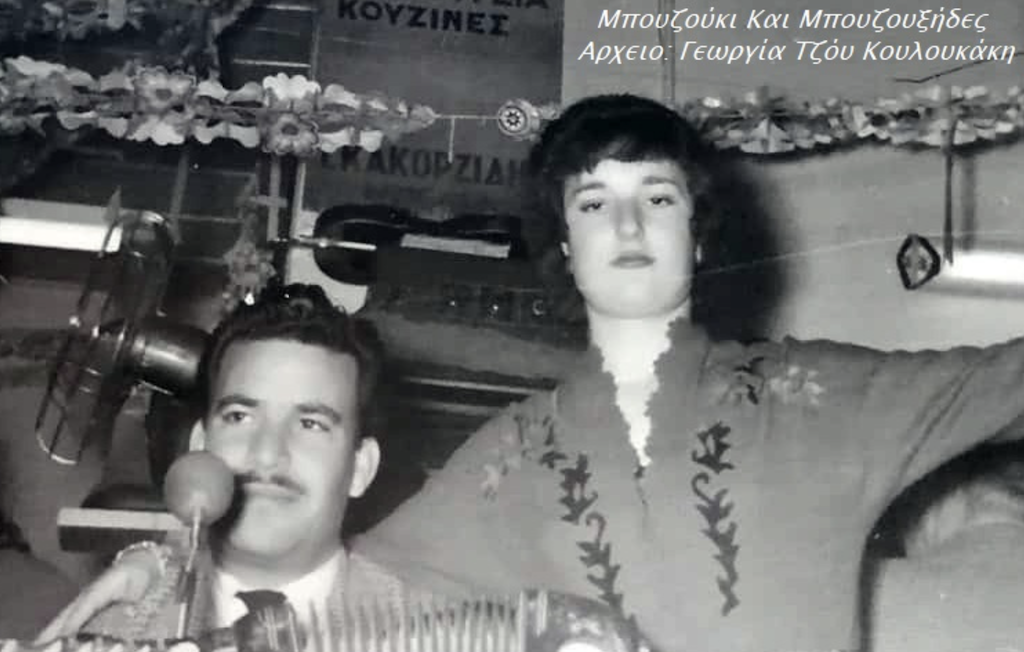

Leave a Reply